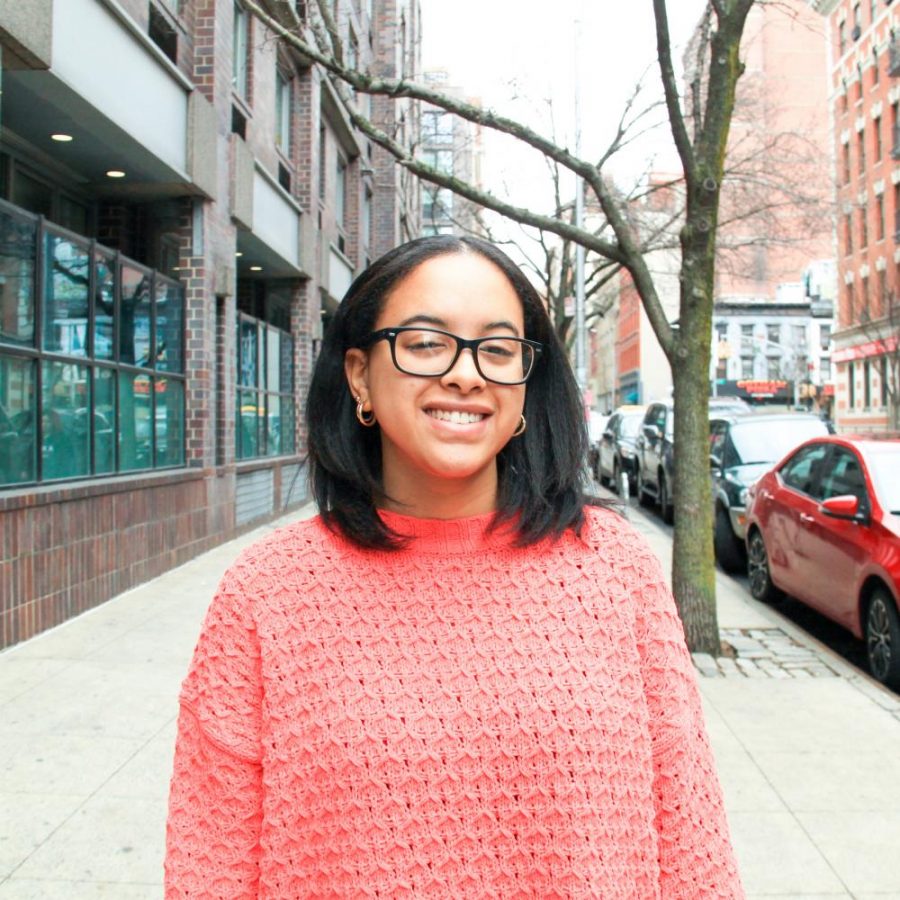Rather quickly, it has become apparent that as the number of coronavirus cases increases, there are going to be more lives lost than most first thought. With the onslaught of bad news, a harrowing fact has become increasingly evident: the lives of people of color, specifically Black and Brown lives, are disproportionately affected by this virus. However, as disappointing as this fact is, this is nothing to be overly surprised about. For what seems like forever, people of color have been mistreated by the medical field.
A part of this problem is tied to the fact that Black and Latinx people are more likely to have pre-existing conditions and therefore, are infected by the coronavirus at a higher rate than others. Additionally, and equally as important, they are more likely to have lower-paid essential jobs during this time. With these two major factors, it is obvious that their lives would be put into more danger than their white or Asian counterparts.
As far back as 1918, when the Spanish influenza broke out in the United States, there were already problems within the medical field with racial disparities. The idea that Black people were inferior was not only rooted in terms of their social status, but it was also proven multiple times through scientific racism. Scientists sought to prove that the Black population was actually biologically or physically lesser than.
These findings continue to be prevalent throughout the medical field just disguised with scientific phrasing such as “human variations” and “populations” rather than “race” or “racial groups.” While there may be variations for different reasons between people or groups of people, race is often used as a foundation upon which scientists believe that these differences stem from. Aside from using science to legitimize racist beliefs, medical professionals can often have unconscious biases against patients of color, which oftentimes lead to misdiagnosis and sometimes mistrust of the patient, leading to bigger problems for the patient.
More recently, the fact that Black women are about three to four times more likely to die from pregnancy-related complications has been shared more often. The stories of Serena Williams and Beyoncé, who gave birth within months of each other in 2017, shed some light on this fact. These are two of the strongest women in their areas. In a piece that Williams wrote for CNN, she shared the story of how she almost died after giving birth to her daughter, Olympia. Williams suffered from a pulmonary embolism after giving birth and had to have another surgery after her C-section wound popped open. Beyoncé, in her Netflix documentary “Homecoming,” opens up about her complications during pregnancy with her twins, Rumi and Sir. She developed preeclampsia and, as a result, high blood pressure. Williams is ranked number eight in singles and was ranked number one for three years in a row. Beyoncé is one of the world’s highest paid celebrities, with a net worth of $400 million. They are both well-known and in healthier shape than most. These are not just one-off coincidences. These women are Black and despite their fame, they were both affected by this problem.
Therefore, today with the coronavirus hitting our nation in scary numbers, it is no surprise that African Americans and Latinx are disproportionately affected by the illness. In Louisiana, of the 21,513 coronavirus cases, more than half of them identify as Black despite the fact that the population comprises only one-third of the whole state’s population. In New York City, the death rate per 100,000 people for the respective races is 22.8 for the Latinx population, 19.8 for the Black population, 10.2 for the white population and 8.4 for the Asian population, according to the New York Times. These populations make up 29.1%, 24.3%, 42.7% and 13.9% of the 8.3 million people in the city, respectively.
These are only numbers that we know after only a few states have decided to release the racial backgrounds of their states’ coronavirus cases. Also, this isn’t taking into account the fact that Black and Brown people are less likely to get tested and less likely to have access to testing if there are less testing sites in their neighborhoods. If there aren’t nearby testing sites, individuals shouldn’t be expected to endure all the transportation costs associated with traveling to get tested. Some states, such as New York, have now decided to open more testing sites in neighborhoods with a higher Black or Brown population after it was found there were racial discrepancies within coronavirus care. It’s too little too late though.
The pandemic has exposed the problem of racial bias in the medical field that has continued to affect Black and Brown individuals. While it is a disappointing fact, it was inevitable that these groups were going to be affected by this pandemic harder.
Opinions expressed on the editorial pages are not necessarily those of WSN, and our publication of opinions is not an endorsement of them.
Email Kim Rice at [email protected].


























































































































































